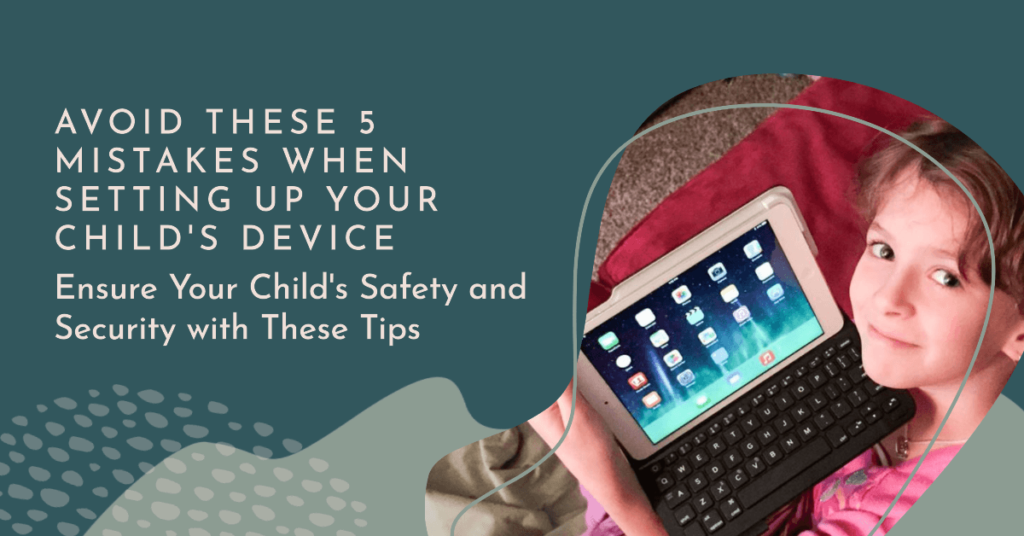Jessica, a 9-year old, was using her new tablet when she innocently clicked on a pop-up ad. It opened a website with explicit adult content, leaving her distraught and confused.
Unfortunately stories like this are all too common, with 1 in 3 kids exposed to inappropriate content online (Internet Matters). Giving your child their first device is exciting but also warrants care to protect them from digital dangers.
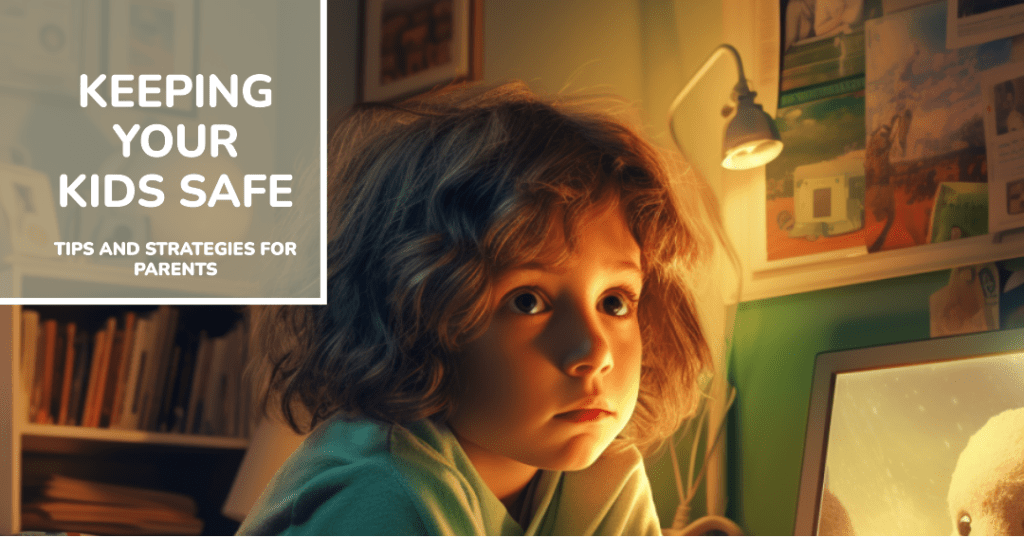
This guide examines the top mistakes parents make when setting up their kid’s device, and how to avoid them. Follow these tips to keep your child safe.
Why Proper Device Setup Matters
Children’s devices require caution given unrestricted Internet access and minimal supervision. Improper configuration also leads to risks like:
- Cyberbullying
- Exposure to inappropriate content
- Contact with predators
- Excessive recreational screen time
The stakes are high, with 71% of teens saying digital drama worsens school stress (McAfee). Screen overuse also directly correlates with poorer mental health in youth (San Diego State University).
As a conscientious parent, you must safeguard kids from digital dangers through proper device setup. Now let’s review the key pitfalls to avoid.
Mistake #1 – Not Setting Up Parental Controls
Parental controls allow you to manage and filter your kid’s device usage. Key features include:
- Blocking inappropriate apps and content
- Restricting screen time
- Enabling web filters and tracking
Yet around 50% of parents fail to activate parental controls on their child’s device (Internet Matters). Why the oversight? Some common misconceptions:
“It Invades Their Privacy”
Respecting privacy is important. But granting unfiltered access equates to letting kids roam unsupervised. Parental tools simply exercise your duty to ensure safety.
“My Child is Responsible Enough”
That may be true, but it’s about shielding from unintended exposure. Controls also protect when devices are borrowed by friends or siblings.
“It’s Too Complex for Me”
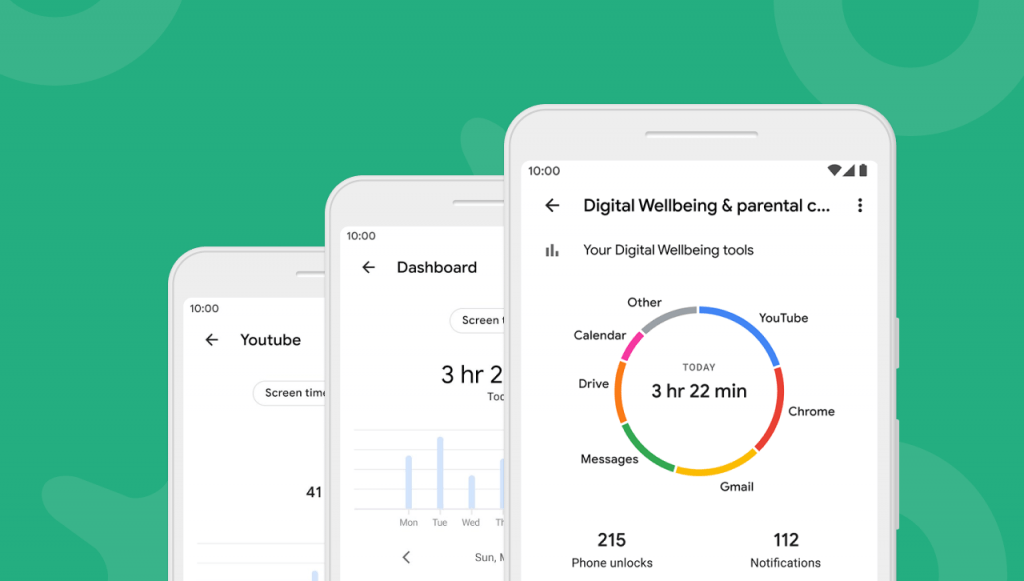
Modern parental control apps are easy to setup with intuitive interfaces and instructions. For example:
App dashboard for managing child device usage and setting controls.
Research top parental control apps like Bark, Qustodio and Boomerang to find one fitting your OS and needs. The minimal effort is worth protecting your child.
Communicating About Parental Controls
When installing controls, explain they are for guarding against potential harms from strangers. Some talking points:
- Discuss openly and encourage questions.
- Frame controls as protection, not punishment.
- Get child’s input on appropriate time limits.
- Share your own tips for avoiding exposure.
Open communication preserves trust while keeping your kid safe online.
Mistake #2 – Using Identical Passcodes
Sharing your passcode gives children access to:
- Your private emails, messages and accounts
- Saved payment information
- Mature or inappropriate content
Just one peek while you’re away opens the door to major risks.
Instead, create a unique secure passcode just for your kid’s device. Ensure they understand not to share it with others. For younger kids, use biometric unlocking like fingerprint or face ID instead of a passcode combination that’s easier to disclose.
Maintaining separate passcodes keeps your personal data secure and prevents unsupervised access to your device.
Mistake #3 – Not Enabling Family Sharing
Family sharing settings like Apple’s Family Sharing allow you to:
- Share purchases from your accounts
- Control spending with allowances
- Manage and restrict screen time
- Conceal your location from kids
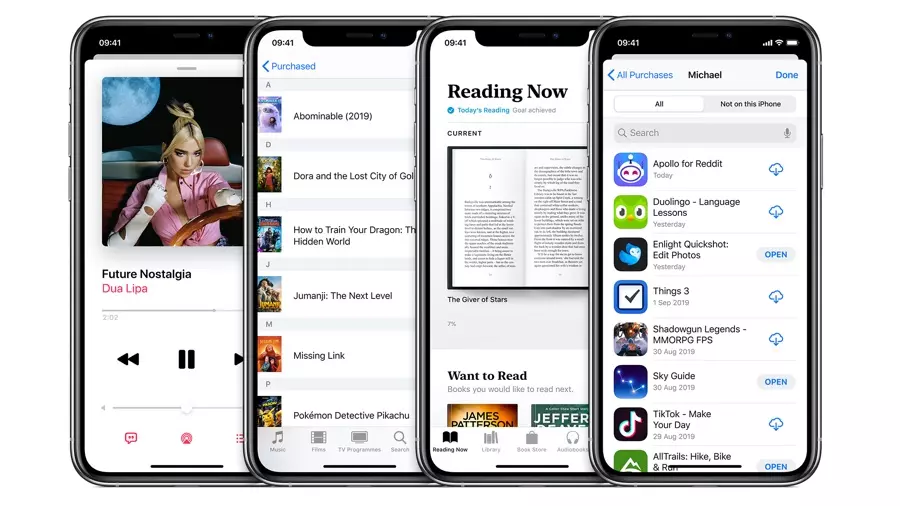
Configuration screens for setting up family sharing settings on iOS and Android.
Activation takes just minutes in your device settings or account dashboard. Consider signing up for:
Family sharing enables oversight and simplifies device management for parents.
Mistake #4 – No Limits on Screen Time
It’s tempting to let kids play games and watch videos endlessly as a distraction. But excessive recreational screen use has consequences:
Physical effects:
- Obesity
- Sleep disruption
- Eye strain
Psychological effects:
- ADHD
- Depression
- Impaired learning
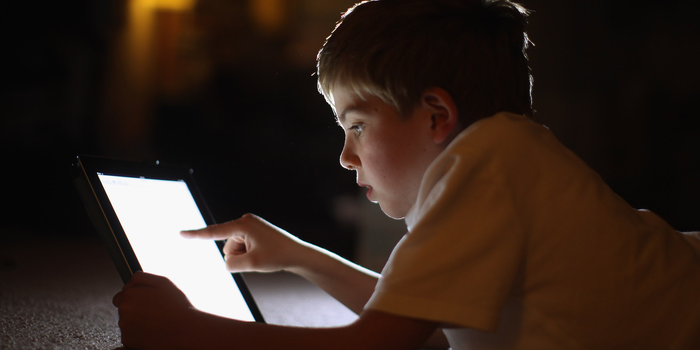
A young child staring intently at a tablet underscores the need for limits.
Recommended limits from experts:
- 1 hour per day for kids 2-5 years old
- A few hours for ages 6+, prioritizing educational activities
Curb the adverse impacts of technology overuse. All devices offer parental controls to constrain usage, like iOS Screen Time and Android Family Link.
Tailoring Limits by Age
Ideal limits vary by age. Some guidelines:
| Age | Recommended Limit |
|---|---|
| Under 2 years | No screen time outside video chatting. |
| 3 to 5 years | 1 hour a day of high-quality programs. |
| 6 to 10 years | Consistent limits of 1-2 hours for recreation. |
| Over 10 years | Restrict evening use and set moderation guidelines. |
Adjust controls appropriately as your child matures to encourage healthy screen habits.
Mistake #5 – Not Monitoring Their Activity
Tracking your kid’s digital activity doesn’t make you a helicopter parent – it makes you a responsible one.
Too often headlines emerge on cyberbullying, predators and teenage mental health issues enabled by devices. For example:
- A 14-year old took her own life after relentless cyberbullying.
- A 14-year old was groomed online and murdered by a predator.
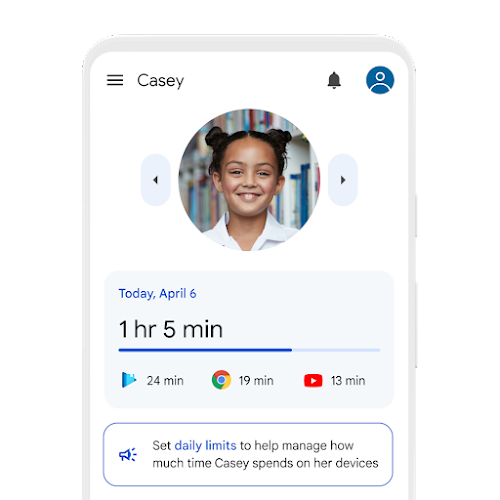
Monitoring tools provide visibility into your child’s digital activities.
Stay alert about who your child interacts with online. Review texts, emails, browsing history and apps using parental monitoring tools like mobicip and Norton Family Premier.
As technical executive John Carr says, “Monitoring solutions are a necessary part of modern, responsible parenting.”
Balance your kid’s privacy with the greater duty to protect them from harm. Remember that sobering statistics prove why monitoring matters more than ever in the digital age.
Discussing Monitoring with Your Child
When enabling monitoring tools, have an open discussion emphasizing that it comes from a place of love – not mistrust. Some talking points:
- “This helps me make sure you stay safe from strangers online.”
- “You can always come talk to me if you’re uncomfortable with anything you see.”
- “There will be no sudden loss of privileges or overreacting on my part.”
- “This is meant to open up our communication, not replace it.”
Handling monitoring properly preserves trust while protecting your child.
Key Takeaways for Parents
Handing your child their first device warrants care to avoid common but critical mistakes like:
- Not setting up parental controls from the outset.
- Using the same passcode on your kid’s and your device.
- Skipping family sharing for visibility.
- Allowing unlimited recreational screen time.
- Failing to track your child’s digital habits and content.
With attentive device setup, you can shield your kid from inappropriate content and predacious risks until they mature into responsible digital citizens themselves.
Research parental control tools tailored for your OS. Lean on them to ensure your child’s device use is healthy and safe.
Want a hand optimizing controls for your child’s needs? Download our free parental controls toolkit with tailored guides, recommendations and customization tips.
And share your own device setup tips and experiences in the comments below!
